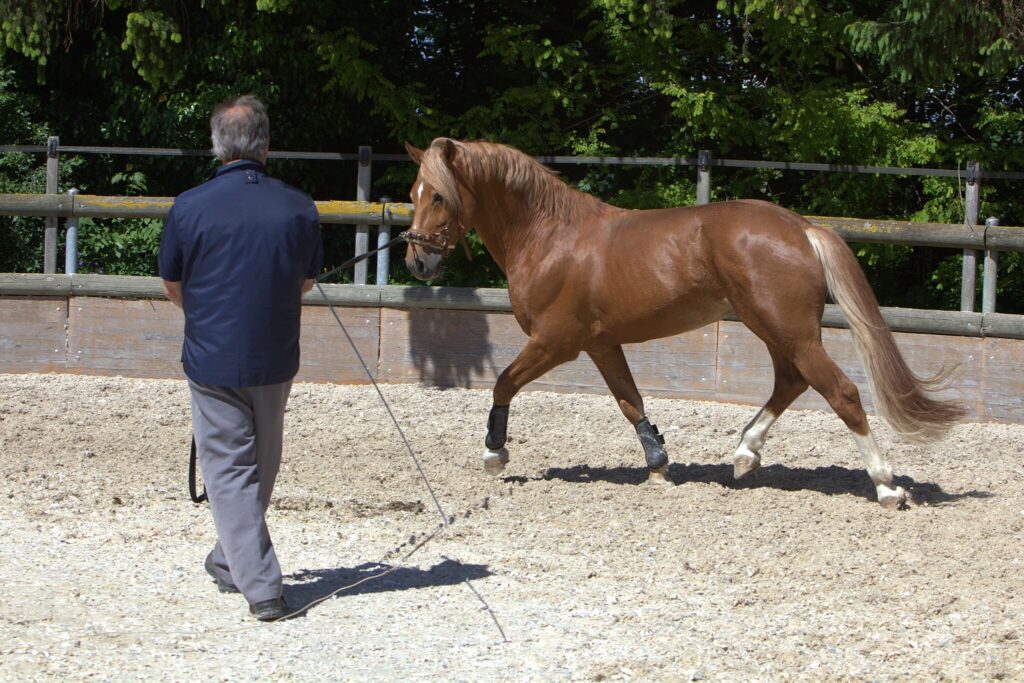Liberty training represents one of the most beautiful expressions of the horse-human bond – horses performing without halters, leads, or physical restraints, responding solely to subtle cues and the connection they share with their handler. While these routines may appear magical to spectators, they result from methodical training, mutual trust, and countless hours of patient work. This comprehensive guide will walk you through the process of training your horse for a liberty routine, from establishing the foundational relationship to performing complex choreographed sequences.
Understanding the Essence of Liberty Work

Liberty work fundamentally differs from traditional training methods because it relies entirely on the horse’s willingness to participate and engage with the handler. Rather than using physical aids like reins or spurs to communicate, liberty training depends on subtle body language, voice cues, and the energetic connection between horse and human. This training style honors the horse’s natural instincts while developing their intelligence, responsiveness, and confidence. At its core, liberty work celebrates partnership rather than dominance, creating a dance of mutual respect where both participants move in harmony. The beauty of liberty training lies in its emphasis on communication, making it as much about training the human to be clear and consistent as it is about training the horse.
Establishing the Foundation: Trust and Respect
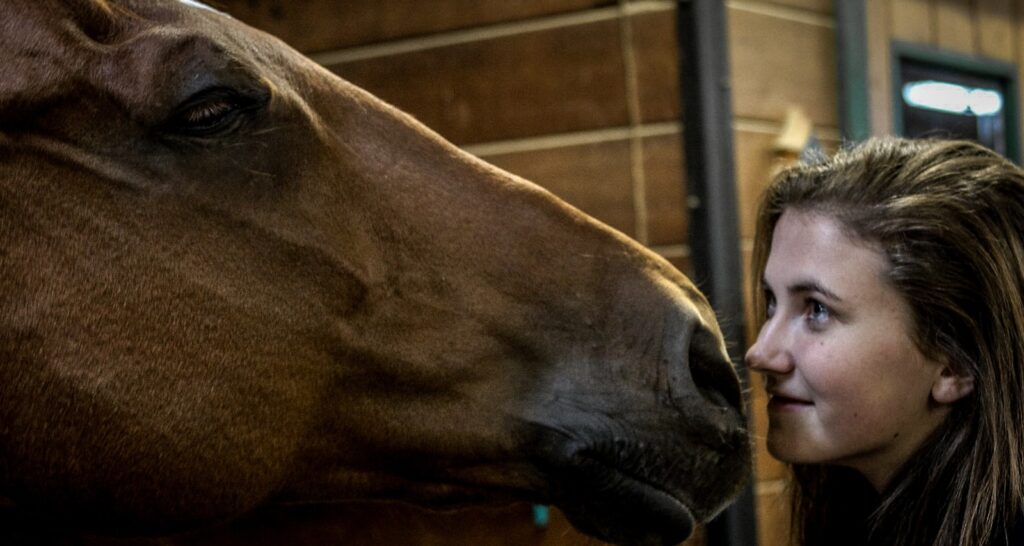
Before attempting any liberty work, you must establish a rock-solid foundation of trust and respect with your horse. Begin by spending quality time with your horse outside of training sessions – grooming, hand-grazing, or simply being present in their space without demands. Practice approach and retreat exercises where you move toward your horse until you notice the slightest tension, then immediately back away, rewarding their honesty with space. Consistent, fair handling that respects the horse’s boundaries while establishing clear expectations will build the necessary trust for liberty work. Remember that respect must flow both ways – your horse should respect your personal space just as you respect theirs, creating a balanced relationship where neither party feels intimidated or insecure.
Creating a Training Environment for Success
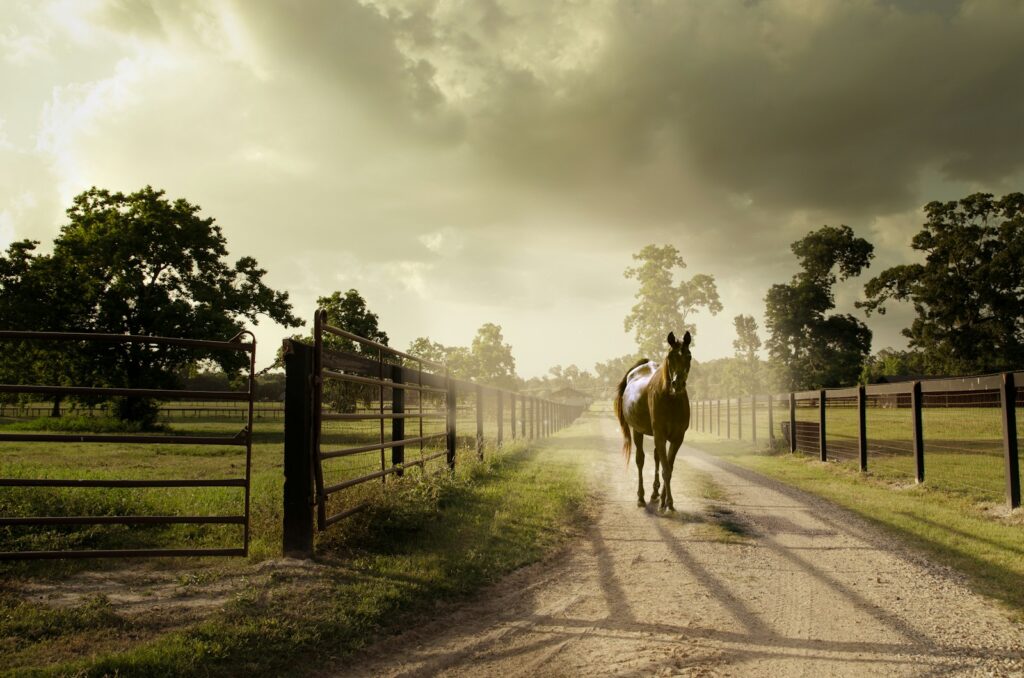
The environment where you conduct liberty training significantly impacts your progress and safety. Start in a smaller enclosed area like a round pen, which provides clear boundaries while allowing freedom of movement without overwhelming the horse with too many options. Ensure the space is free from distractions, hazards, or escape routes that might compromise safety or focus. As training advances, gradually increase the size of your working area to challenge your horse’s attention and responsiveness. Consider factors like footing (soft enough for comfort but providing sufficient traction), lighting (avoiding harsh shadows or glare), and external distractions (scheduling sessions when the barn is quieter). Creating the optimal training environment sets both horse and handler up for confidence-building successes rather than frustrating failures.
Mastering the Language of Energy and Intent
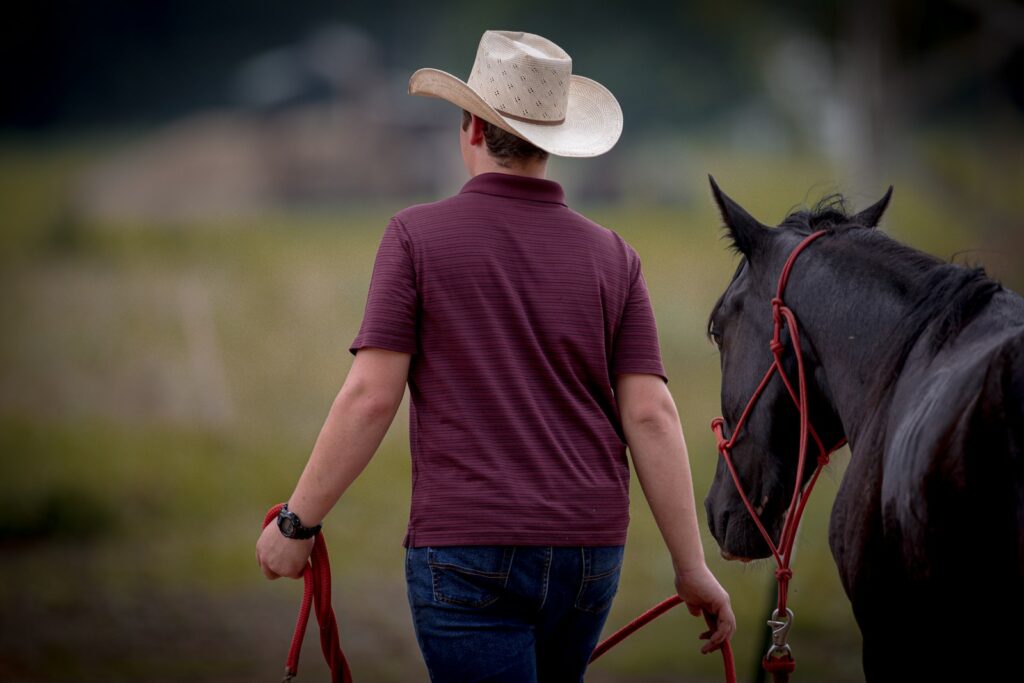
Liberty work depends heavily on your ability to communicate through energy and intent – subtle but powerful tools that horses naturally understand. Practice adjusting your energy levels consciously, from calm and inviting when you want your horse to approach, to more assertive and directional when asking for movement away from you. Your gaze plays a crucial role; looking directly at a specific part of your horse creates pressure on that area, while looking away releases pressure. Understand that horses constantly read your breathing patterns, tension levels, and even unconscious shifts in weight – all of which convey information about your intentions. Developing this refined body awareness takes practice but forms the cornerstone of effective liberty communication, allowing you to influence your horse without physical contact.
Teaching the Basic Commands and Responses
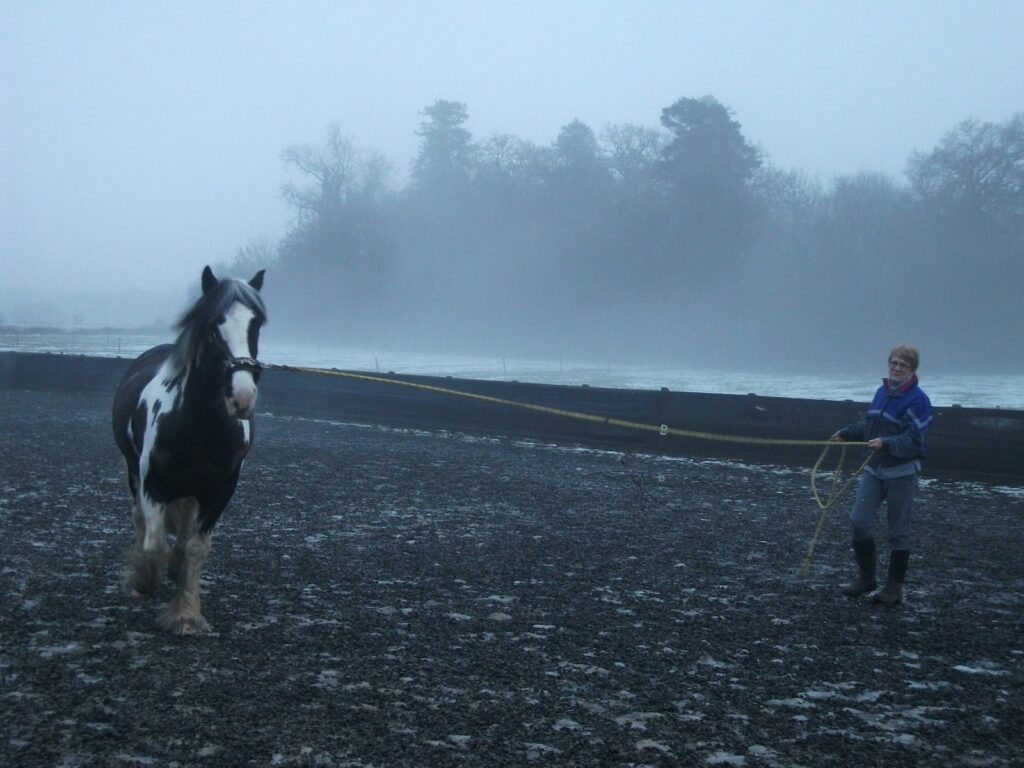
Before attempting complex liberty routines, establish reliable responses to a set of basic commands that will serve as building blocks for more advanced work. Start with teaching your horse to follow you at liberty, maintaining a consistent distance without drifting too close or falling behind. Next, work on halting from movement with just a verbal cue and body language – stopping your own movement, exhaling, and lowering your energy. Teach directional changes using a combination of your position relative to your horse, your gaze, and subtle gestures with a training tool like a whip (used as an extension of your arm, never for punishment). Finally, establish reliable responses for backing up, moving the hindquarters or shoulders, and transitioning between gaits. Each command should be taught methodically, with crystal-clear criteria and generous rewards for correct responses.
Developing Connection at a Distance
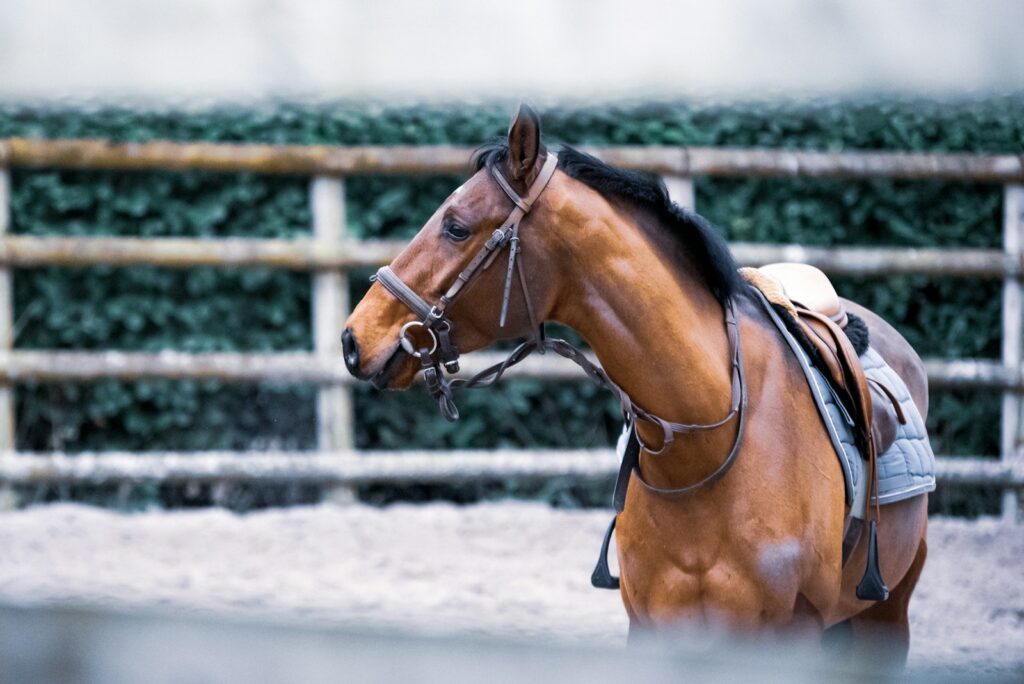
As your horse becomes comfortable with basic liberty commands, systematically increase the distance between you while maintaining the connection. Begin by taking small steps away while expecting your horse to remain stationary, rewarding them for maintaining position rather than automatically following. Practice sending your horse away from you in circles or on specific paths, then calling them back with a consistent cue like lowering your energy and turning your shoulders. Work on maintaining connection through transitions – asking your horse to change gaits while several meters away requires a refined understanding of energy and timing. The ultimate goal is achieving what liberty trainers call “invisible strings” – an energetic connection that allows communication regardless of physical distance, creating the breathtaking freedom that defines true liberty work.
Introducing Pattern Work and Choreography
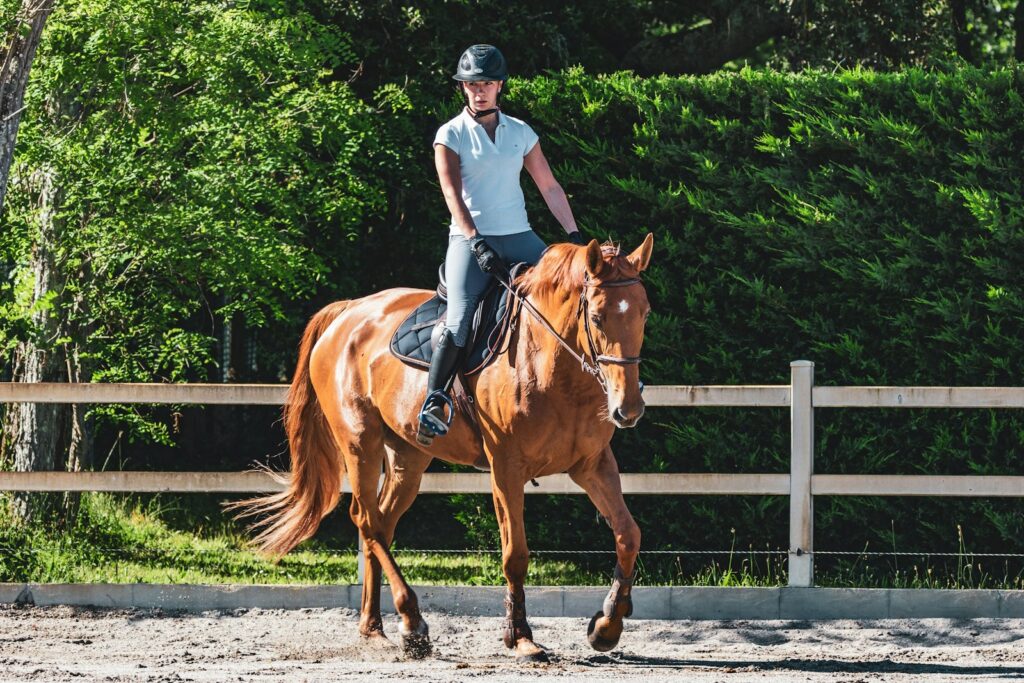
Once your horse responds reliably to basic cues, begin introducing simple patterns that will eventually form the building blocks of your liberty routine. Start with consistent geometrical shapes like circles, figure eights, and straight lines, focusing on precision and clarity rather than complexity. Establish predictable pattern sequences that your horse can begin to anticipate, which builds confidence and fluidity in the performance. Gradually incorporate transitions within these patterns – moving from walk to trot at specific points or changing direction at markers. Remember that liberty choreography should showcase your horse’s natural movement abilities while creating visual harmony between horse and handler. As patterns become reliable, begin connecting them into longer sequences, always returning to simpler elements when introducing anything new.
Adding Music and Artistic Elements
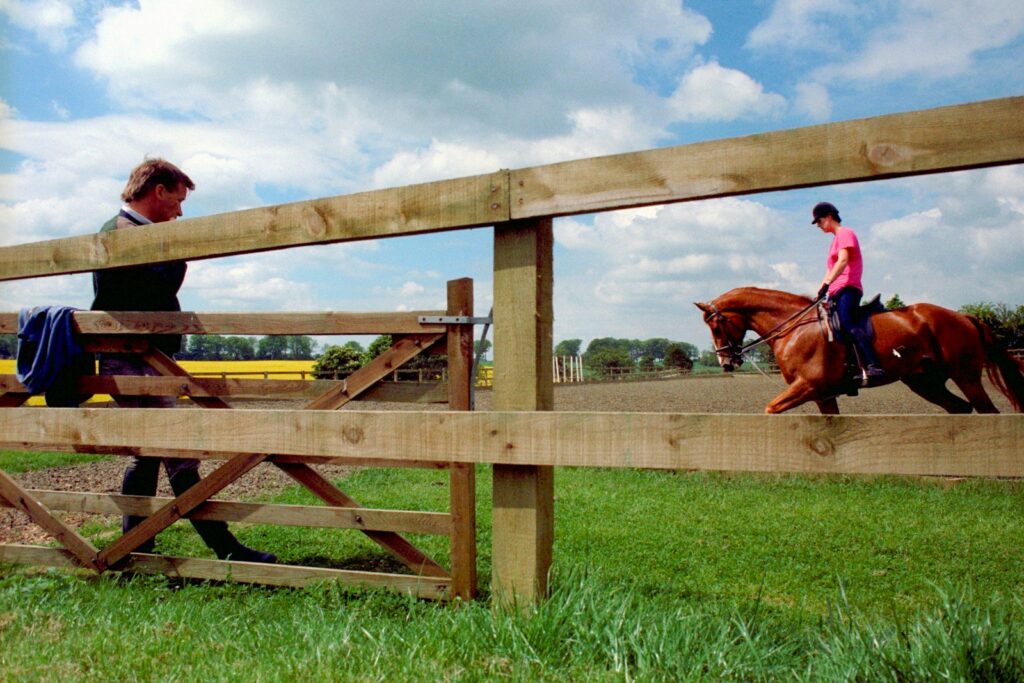
Music adds emotional depth and structure to liberty routines, transforming technical exercises into artistic performances. Begin by introducing music during regular training sessions, allowing your horse to become comfortable with the sounds without expecting specific responses. Select music with a clear beat that matches your horse’s natural rhythm – particularly important for gaited horses or those with distinctive movement patterns. As you develop your routine, map specific movements to musical phrases, using crescendos for dramatic moments like rearing or dramatic directional changes. Consider how visual elements like your positioning, costume choices, and arena setup enhance the storytelling aspect of your performance. The most captivating liberty routines combine technical precision with artistic expression, creating an emotional journey for both performers and audience.
Working with Multiple Horses in Liberty
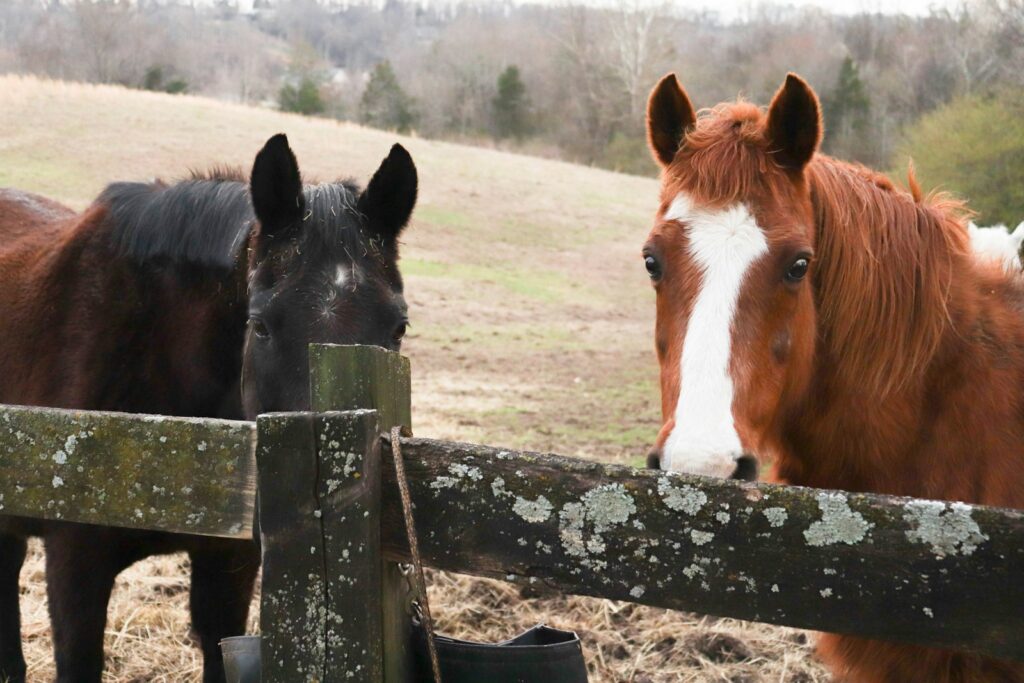
Advanced liberty performers often work with multiple horses simultaneously, creating spectacular visual displays of harmony and control. If pursuing multi-horse liberty work, begin by establishing rock-solid individual liberty skills with each horse before attempting combined work. Introduce horses to each other in liberty settings gradually, starting with your most confident horse alongside newcomers. Understand the natural herd dynamics between your horses, positioning yourself as the clear leader while respecting existing hierarchies. Develop distinct cues for each horse that allow you to direct them individually within the group, using their names consistently before commands. Multi-horse liberty requires extraordinary spatial awareness and energy control, as you’ll need to monitor and communicate with several animals simultaneously while maintaining the artistic flow of your performance.
Troubleshooting Common Liberty Training Challenges
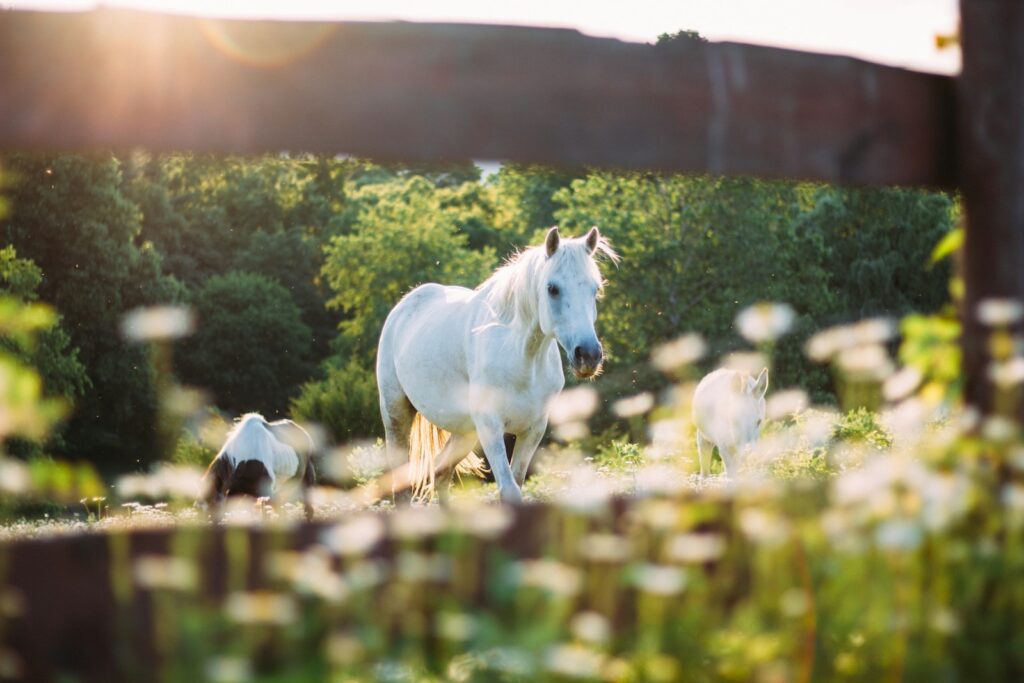
Even the most talented liberty horses encounter training plateaus and challenges that require thoughtful solutions. If your horse becomes overly attached and crowding your space, systematically teach respectful boundaries through consistent personal space enforcement and rewarding appropriate distances. For horses that repeatedly leave during liberty work, analyze what’s triggering the departure – often excess pressure, confusion about expectations, or environmental distractions – and address the root cause rather than punishing the symptom. When horses become dull to cues, return to groundwork fundamentals, ensuring your horse is genuinely responsive to subtle energy changes before attempting liberty work again. Most liberty training challenges stem from communication breakdowns rather than disobedience, so focus on clarifying your cues and expectations rather than increasing pressure when problems arise.
Preparing for Public Performance
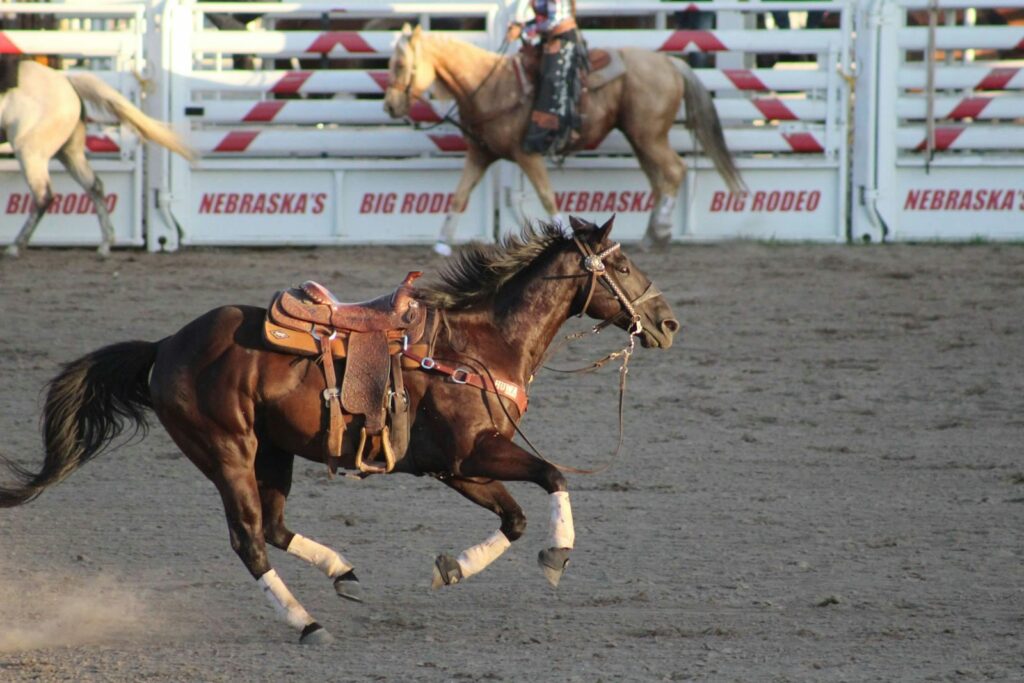
Transitioning from training sessions to public performances introduces new challenges that require systematic preparation. Begin by simulating performance conditions in your home environment – adding music, wearing your performance outfit, and inviting small groups of quiet observers. Gradually introduce potential distractions like applause, flapping objects, or unusual sounds, keeping sessions brief and positive. Practice your routine in different environments with increasing levels of stimulation, from quiet unfamiliar arenas to more challenging public spaces. Develop a pre-performance routine that centers both you and your horse, perhaps incorporating familiar groundwork elements that establish connection before entering the performance space. Remember that a successful public liberty performance prioritizes the horse’s confidence and emotional state over executing every planned movement perfectly.
Ethical Considerations in Liberty Training
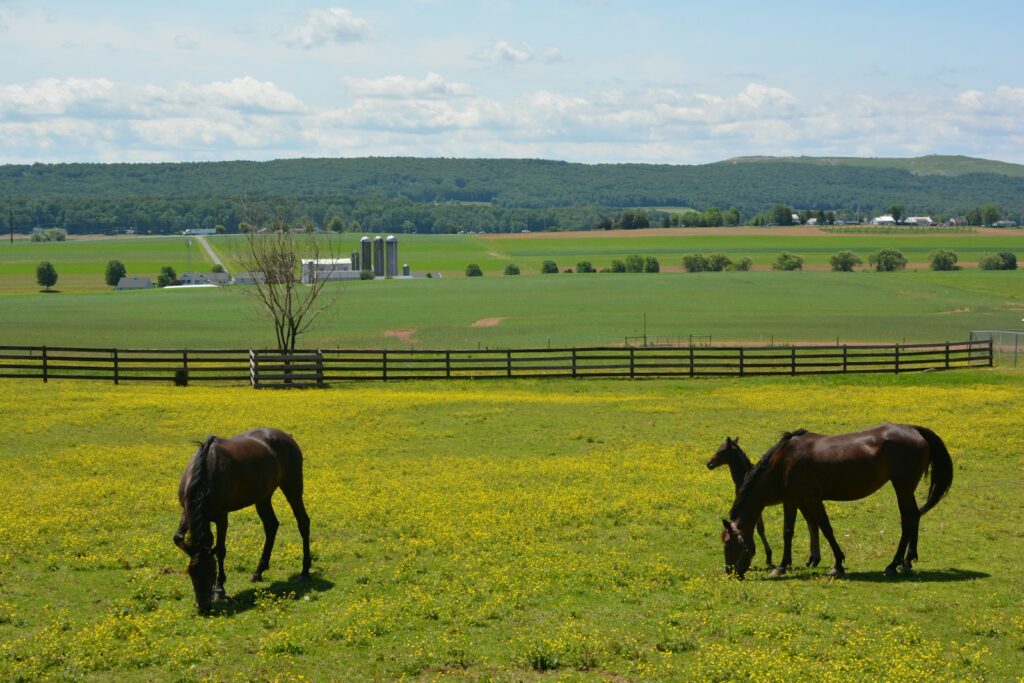
As liberty training grows in popularity, ethical considerations deserve thoughtful attention from trainers and performers. Always prioritize your horse’s physical and emotional wellbeing over performance goals, recognizing that forcing behaviors through intimidation contradicts the essence of true liberty work. Consider your horse’s individual personality and preferences, developing routines that showcase their natural strengths rather than pushing against their temperament. Be transparent with audiences about the extensive training process, helping educate the public about the difference between coerced behaviors and genuine liberty work based on relationship. Establish clear training sessions with defined beginnings, endings, and reasonable durations, avoiding the common pitfall of drilling movements repetitively until the horse’s motivation diminishes. Ethical liberty training celebrates the horse’s willing participation as the ultimate achievement, valuing the relationship above the performance.
Continuing Education and Progressive Development
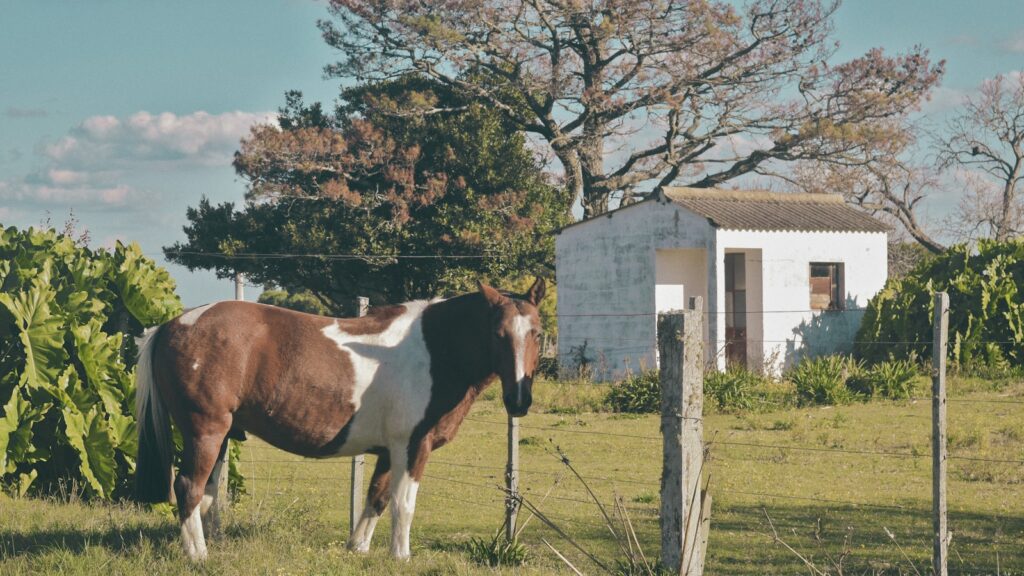
Liberty training represents a lifelong journey of refinement and deepening communication between horse and human. Continue your education through workshops with experienced liberty trainers, video analysis of your sessions, and study of equine behavior and psychology. Document your progress through regular video recording, allowing you to observe subtle improvements and identify areas needing refinement that might be missed during the training process. Set progressive goals that challenge both your technical skills and your horse’s understanding without creating pressure that might damage your relationship. Remember that liberty work evolves naturally when you maintain a student’s mindset, remaining curious about your horse’s perspective and open to continually improving your communication clarity. The most accomplished liberty trainers recognize that mastery comes not from controlling the horse but from achieving such profound understanding that control becomes unnecessary.
Conclusion
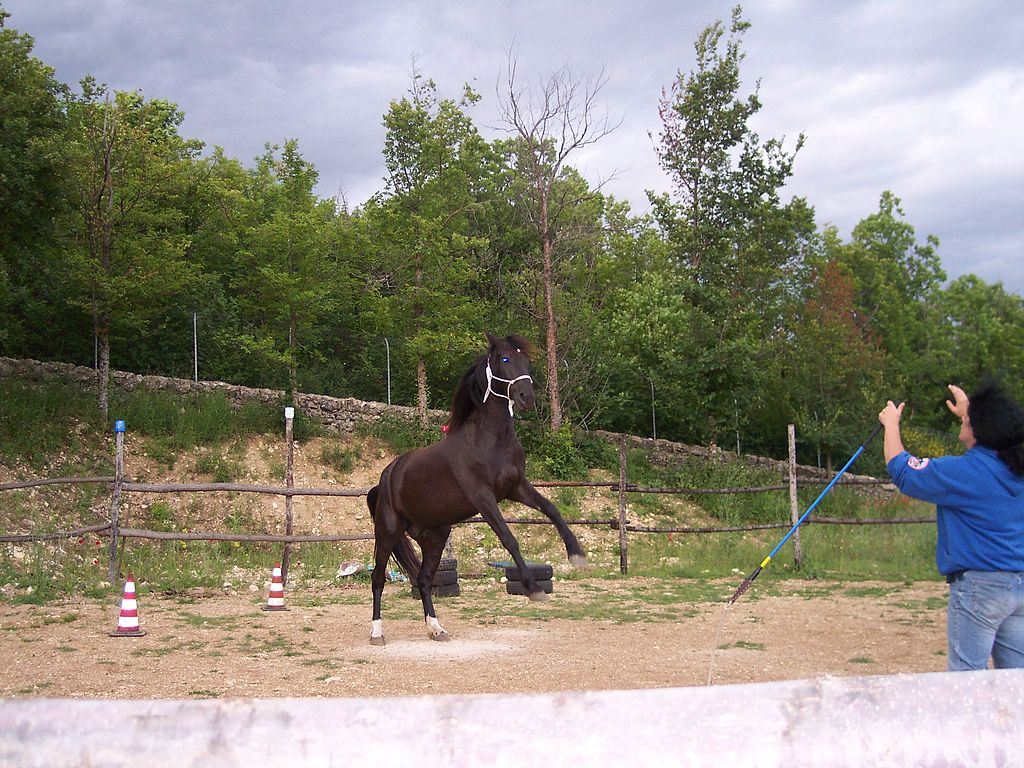
Liberty training represents the pinnacle of the horse-human partnership – a dance of mutual trust, clear communication, and willing participation. While developing a polished liberty routine requires dedicated time and consistent practice, the journey itself transforms both horse and handler. Through this process, you’ll develop unprecedented awareness of your body language, energy, and intent, while your horse gains confidence, responsiveness, and joy in the partnership. As you progress from basic groundwork to flowing choreographed routines, remember that the most breathtaking liberty performances emerge not from technical perfection but from the authentic connection between two species choosing to move as one. With patience, respect, and systematic training, you and your horse can achieve the magical harmony that defines true liberty work.

